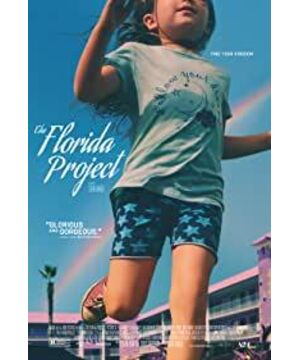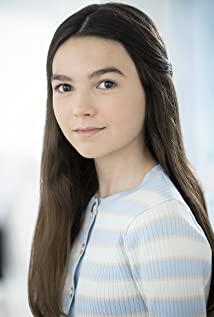1. Dissolve drama with routine. Very prosaic film, especially the first half. More "everyday" rather than dramatic stories are presented. Conflicts and conflicts are always concrete, life, daily, and "invisible"; the beginning of the story has no reason to start at this moment, it is an ordinary day; there are many branch lines that end without a problem, the characters are portrayed in pieces, and I don't even feel the film. Depicting the character's intent. Very prosaic. However, I personally feel that although the whole chapter is scattered, the first half of the plot lacks the main line and seems a little too scattered.
2. Dissolve seriousness and heaviness
The 2•1 routine also takes away the seriousness and heaviness of the subject. 2...2. The images of the protagonist, mother and daughter also dissolve the seriousness and heaviness. They grow "savagely" and indulgently, and only care about the present.
First, they are concretely rooted in the current life, there is no reflection on the current life (neutral description, no praise or criticism), there is no metaphysical thinking, as if they are blind to the huge class differences, and they do not show pain, just real , "savage", indulge in life. The film rarely directly shows the "pain" and "embarrassment" of women (only when I asked the waitress, "Can you help me with the rent?" I directly felt this kind of embarrassment, and there are not many similar direct expressions), women seem not to be. Worrying about the current predicament seems to be nothing: on the one hand, the film is more about showing the "result"-she sells perfume, cheats, sells herself in order to survive the current crisis... and skips her decision directly During the process, the film is making a calm record, calmly watching. What it brings to the audience is not an Aristotelian experience of pursuing empathy; on the other hand, the film shows their specific happiness anytime, anywhere - not happiness based on pain, not self-comforting, The joy of rejoicing in the midst of suffering is the joy of carnival and sputtering.
The two, mother and daughter, especially women's characters, have a rebellious spirit and a certain comic spirit. In the spirit of rebelliousness, she disobeys the norms of ethics, morality, money, and capital. Talk about poverty, embarrassment, and injustice, but jump out of the current predicament and entertain yourself at any time. This kind of character is actually not very "lovable" - in films about class differences and differences between rich and poor, we usually see protagonists with more or less "virtue".
This allows the film to avoid the usual poverty narrative pattern, rather than taking poverty and difference seriously.
2•3 The child's perspective dissolves seriousness and heaviness.
Children's perspective is more obvious in both narrative and audio-visual.
3. Audiovisual
3•1 Calm, onlookers, and forceful: less close-ups, more wide-angles; more fixed shots; more contrasts between big and small - not pursuing an Aristotelian empathy experience.
3•2 Color: So pretty; echoes the children's narrative.
3.3 Low camera position: From the perspective of children, there are many children who are "looking". (I remember a long shot where the mother was talking to an adult and was very close to the child, but the lens was out of focus. Mom, the focus has always been on the daughter who doesn't know anything.) There are also many children's perspectives that visually obscure the image of adults. 4. The plot design at the end (open-ended, left blank; it really shows a paradise) and the use of the camera (innumerable jump cuts, imperfect follow-up shots, a lot of shaking, blurred focus, the colors seem to have lost their balance, and there is no more delicate It brings a strong sense of documentary, which greatly breaks the sense of the previous movie, making the audience seem to be watching mobile phone shooting) very interesting. But I personally feel that the last paragraph is too different from the previous one in the use of the lens. I can guess the intention, but it feels a bit fragmented aesthetically.
View more about The Florida Project reviews











